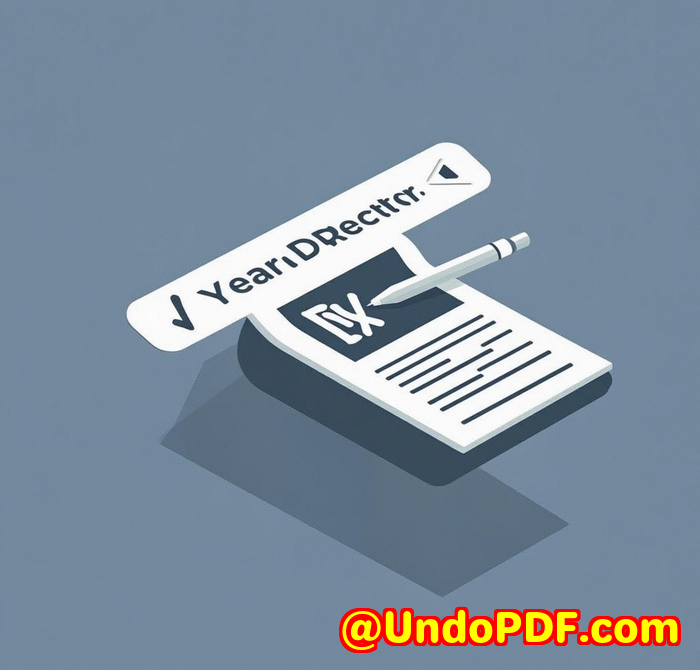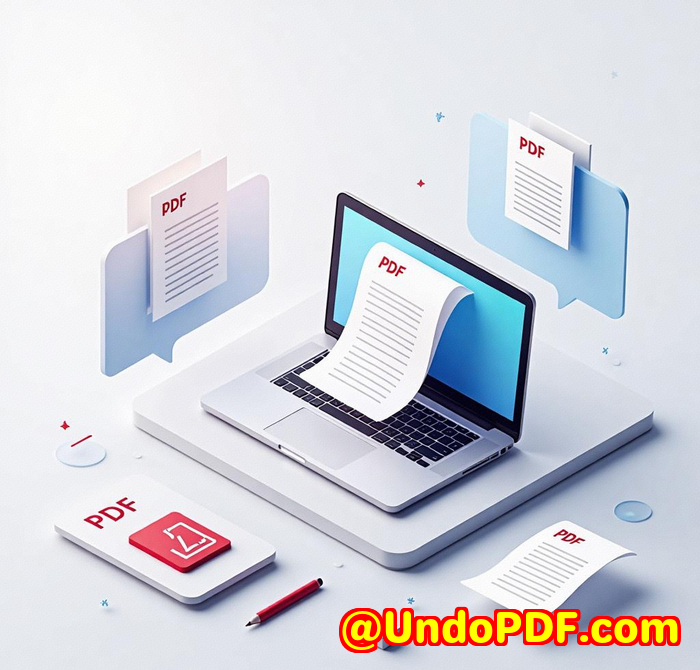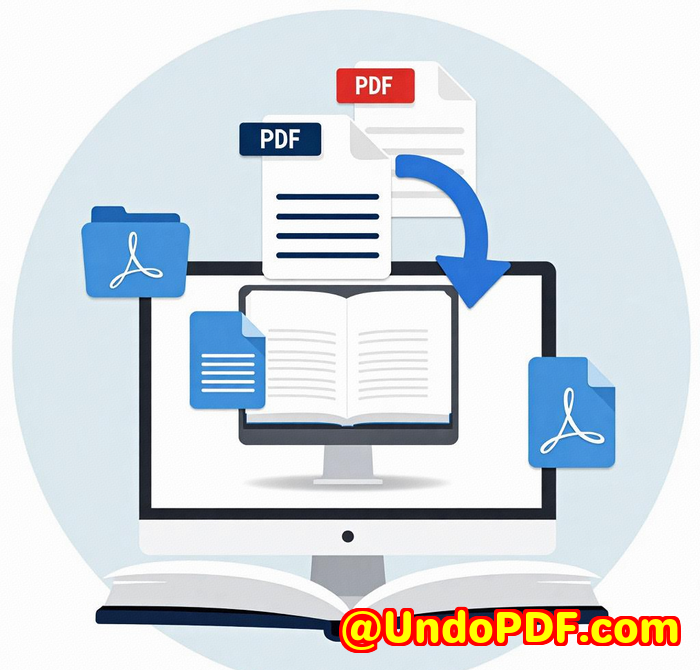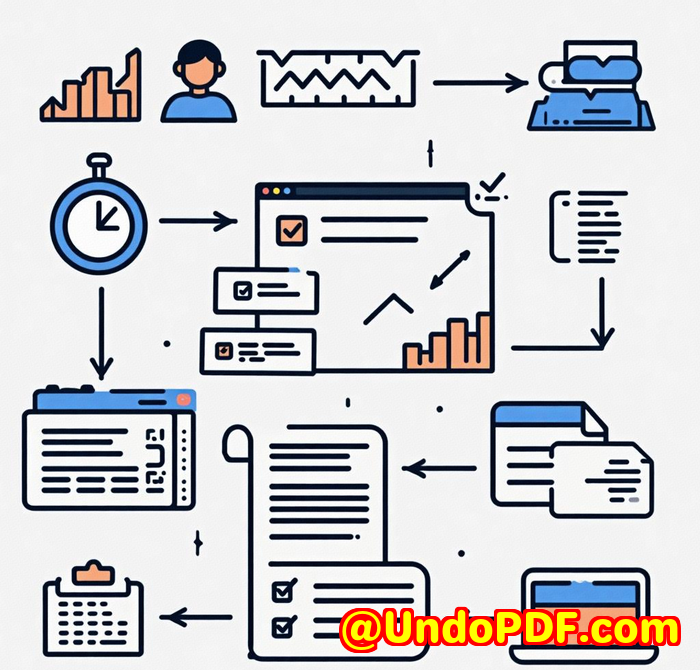How to Convert Dynamic Charts and Graphs from HTML to PDF Without Losing Quality
How to Convert Dynamic Charts and Graphs from HTML to PDF Without Losing Quality
Meta Description:
Learn how to convert HTML charts and interactive content into sharp, high-quality PDFs using VeryPDF Webpage to PDF Converter API.
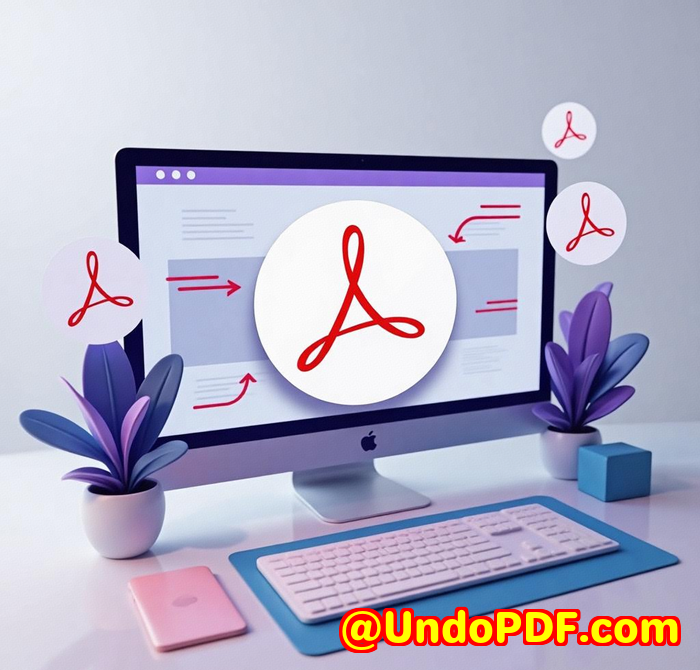
Every time I tried to send polished reports to clients, something always broke.
Charts didn’t render right. Interactive dashboards were butchered. That clean layout I spent hours on? Gone the moment I tried to convert the HTML into a PDF.
If you’re like me, and you’ve ever had to explain to a boss or client why their graph looks like it was made in 1998, you know the pain. Especially when your content is dynamicJavaScript charts, responsive layouts, live widgets.
I used to jump between tools, installing browser extensions, copy-pasting into Word, and still ending up with PDFs that looked like digital leftovers.
Then I found VeryPDF Webpage to PDF Converter API, and honestly, it flipped the script.
The Problem with Most HTML to PDF Converters
Most tools aren’t built for today’s web.
They choke on flexbox, get confused by JavaScript, and treat SVG charts like a foreign language.
If you’re dealing with:
-
Google Charts or Chart.js
-
CSS grid layouts
-
Interactive dashboards
-
Live preview reports with dynamic elements
You’re probably hitting the same wall I did.
They just don’t render right when you try to export to PDF.
And when you’re sending something to a client, you can’t just say “Sorry, the converter didn’t work.” That’s not a good look.
How I Found VeryPDF Webpage to PDF Converter API
I came across it while doom-scrolling tech forums late one night.
Someone had posted a before-and-after shot of their report exports. On the left, what they got with another tool. On the right, their PDF from VeryPDF. The difference? Night and day.
I figured I’d try it out. No account needed. Just drop in a URL or HTML snippet and hit convert.
What I got back was pixel-perfect, even with complex data visualisations and full CSS animations.
That was itI was in.
What Makes VeryPDF Webpage to PDF Converter API So Different?
Let’s break it down.
1. It handles dynamic content like a champ
This was a game-changer. Most tools don’t wait for your JavaScript to finish loading. VeryPDF does.
-
Your Chart.js bar graphs? Rendered.
-
Your Google Maps integrations? Stamped into the PDF perfectly.
-
That loading spinner that fades when data’s ready? Gone. It waits until the page is fully cooked.
2. Full CSS and responsive design support
I used to have to rewrite my stylesheets just for export.
Now?
-
My Tailwind CSS layouts stay crisp.
-
Bootstrap components render correctly.
-
Custom web fonts? No problem.
It’s like handing over the exact screenshot of your sitebut vectorised and sharp.
3. Custom headers, footers, and paper sizes
Need to slap a company logo at the top? Add page numbers? Set margins? All doable.
I’ve even used it to:
-
Add dynamic footers with timestamps for compliance logs
-
Set paper size to A3 for big data visualisations
-
Insert page breaks after each sectionsuper clean
4. Lightning fast and scalable
We’re not talking minutes here. We’re talking seconds.
The API can:
-
Convert thousands of documents in parallel
-
Trigger webhooks once files are ready
-
Drop your output into an S3 bucket securely
Perfect for dev teams. Great for non-tech users too.
Real-World Use Cases Where It Shines
Client Reports with Dynamic Charts
I run weekly status reports that pull live metrics and render dashboards with Chart.js. Before VeryPDF, I’d spend hours screenshotting everything.
Now, I just automate the export straight from the CMS to PDF. The formatting holds, the charts look great, and I get my Sunday nights back.
Open Graph Image Generation
We run a content-heavy blog. Each post gets a custom Open Graph banner. Manually designing those in Canva was a nightmare.
With VeryPDF, I trigger an API call using post metadata and get the banner image in seconds. Plug-and-play.
Automated PDF Previews for User Uploads
If you’re building a platform where users upload or generate contentlike invoices, checklists, form templatesyou need preview options. We pipe HTML previews directly to the API and serve a downloadable PDF back. It’s seamless.
Healthcare Document Conversion (HIPAA-compliant)
We work with partners in the health tech space, and compliance matters. VeryPDF doesn’t store data by default, supports secure transfers, and is HIPAA-compliant. That alone saves us audit headaches.
Why VeryPDF Beats Other Tools (From Experience)
Let me just say this: I’ve tried everything.
wkhtmltopdf? Good for static pages. Crumbles under dynamic content.
Headless Chrome scripts? Work, but need constant maintenance and break with every Chrome update.
Online converters? Sure, if you want watermarks, broken CSS, and no support.
VeryPDF just works. Consistently. Cleanly. Securely.
How to Get Started in Under 3 Minutes
No sign-up required to test.
Here’s what I did:
-
Go to:
https://www.verypdf.com/online/webpage-to-pdf-converter-cloud-api/try-and-buy.html -
Drop in a URL or your raw HTML
-
Tweak your settings (e.g., paper size, headers)
-
Hit convert
Done.
If you’re a dev, it integrates smoothly into any stack. RESTful API. Use Python, PHP, C#, whatever you’re into.
This Tool Solved Problems I Didn’t Even Know I Had
-
No more “missing charts” in PDF exports
-
No more broken responsive layouts
-
No more rebuilding print views from scratch
I’d highly recommend this to anyone who works with dynamic web contentmarketers, developers, analysts, SaaS teams.
If you’re tired of apologising for ugly PDFs, give it a shot.
Click here to try it out for yourself
Custom Development Services by VeryPDF
Need something even more specific?
VeryPDF offers custom dev services for:
-
PDF conversion tools on Windows, Linux, macOS, iOS, and Android
-
Virtual printer drivers that can convert anything printable into PDF, EMF, or images
-
Tools that intercept and monitor printer jobs
-
Document processing for PDF, PCL, Postscript, EPS, and Office files
-
OCR, barcode recognition, and document layout analysis
-
Web-based tools for signature workflows, document management, and form generation
-
Secure, scalable, cloud-based document services
They can even create Windows API hooks to capture internal operations of software for custom automation.
If you’ve got a unique use case or need a tailored solution, hit them up here:
http://support.verypdf.com/
FAQs
Can I convert a page with JavaScript charts?
Yes, the API fully renders JavaScript-driven content like Chart.js, Google Charts, and others.
Will the PDF keep my CSS styling?
Absolutely. It supports all modern CSSgrids, flexbox, custom fonts, animations, you name it.
Can I batch convert 1,000+ pages at once?
Yep. The API supports high-concurrency and webhooks for bulk workflows.
Does VeryPDF store my documents?
By default, no. It’s designed with privacy in mind. You can opt-in to storage if needed.
Can I add headers, footers, and custom paper sizes?
Yes, you can customise all of that through API parameterstotally flexible.
Tags/Keywords
-
html to pdf api
-
convert html charts to pdf
-
dynamic content pdf export
-
high fidelity pdf rendering
-
webpage to pdf api
-
javascript chart pdf conversion
-
responsive layout to pdf
-
verypdf converter review
-
automated pdf generation
-
hipaa pdf conversion
First line: “Every time I tried to send polished reports to clients, something always broke.”
Last line: “If you’re tired of apologising for ugly PDFs, give it a shot.”
